CT has significantly improved our ability to locate artifacts in arid environments Since its development. Airport security. ..
CT scanners are already small and practical, allowing them to scan luggage With greater reliability and speed, making them valuable for commercial airlines customers.Easy Flying offers a comprehensive exploration of CT technology, its evolution, and potential changes in the industry.
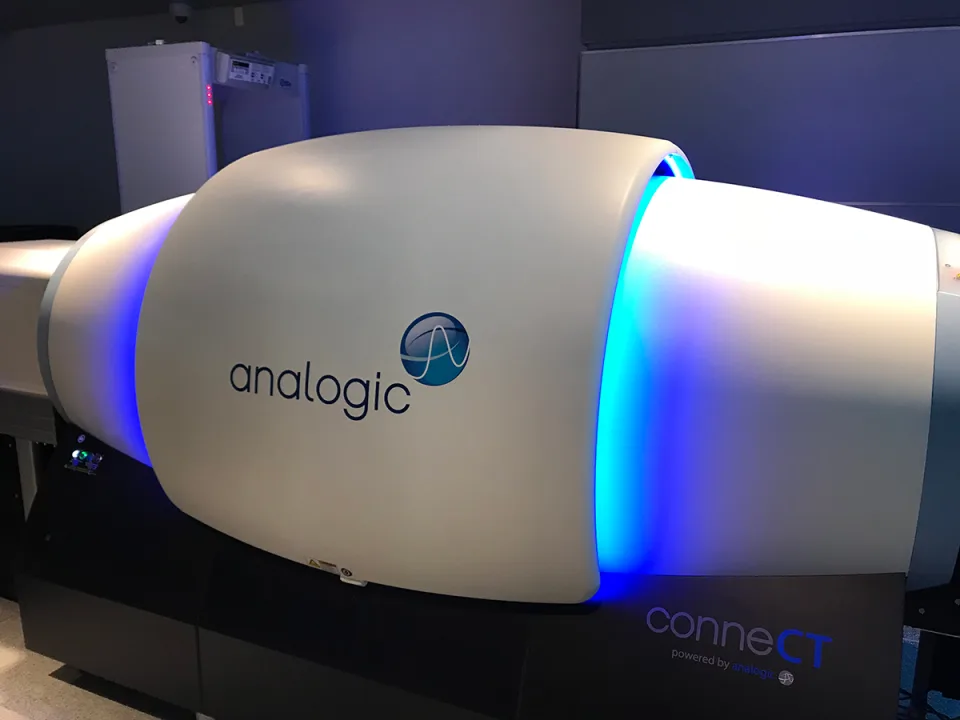
A swiftly evolving terrain.
Despite the fact that flying is a hazardous activity, not all aerospace clients were mandated to follow the safety protocols we observe now.A car’s compressed treehouse, containing aerosol canisters and capacitors, can be the catalyst for catastrophic events that could potentially endanger hundreds of lives.
The occurrence of global violence was truly the catalyst for change, as it demonstrated how vulnerable aerospace had become.The 2001 terrorist attacks are The most prominent demonstration.The disaster resulted in the introduction of several new regulations and legislation, which brought about a rapid transformation in aviation security. Affiliated Press. ..

Linked.
20 Years After 9/11: A Memoir.
The ease we enjoyed may be reintroduced, at least partially, due to recent CT technology improvements.It is undeniable that the innovation has grown rapidly since the first CT scanning was constructed in 1967, as evidenced by the image. The International Association for Computed Tomography. At the moment, it can detect strong acids and venom, providing aerospace clients with confidence that their costly bottle of harmless sunscreen won’t fall into the garbage bin at the hands of a security guard with no visible tattoos.
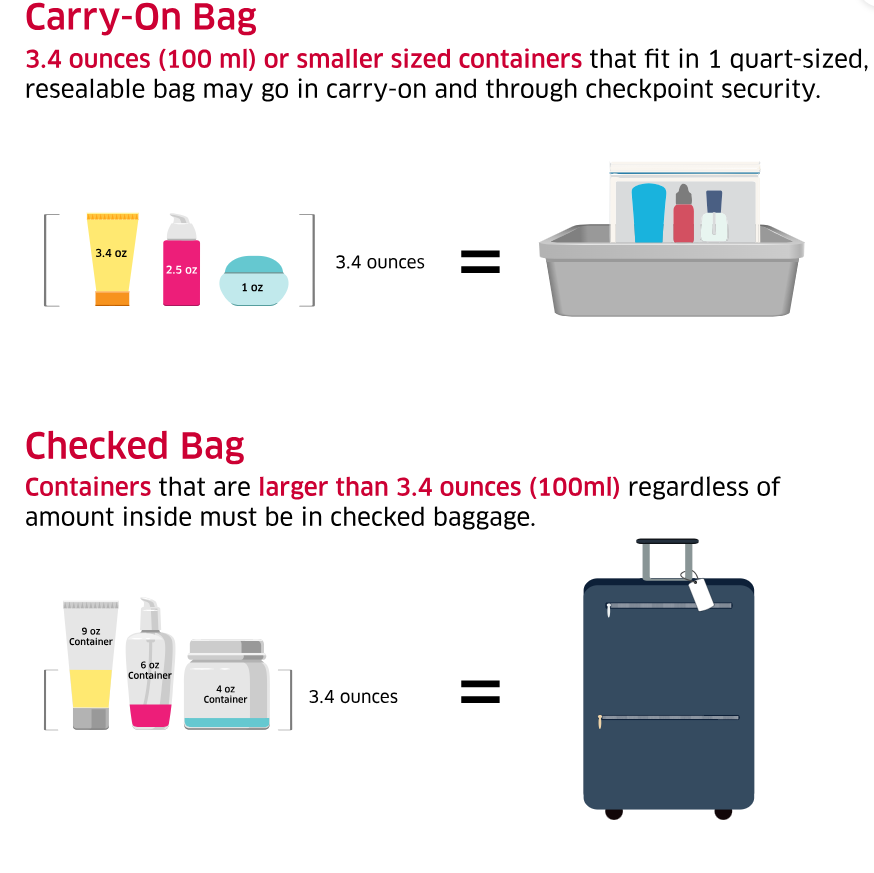
Tourists are not a source of such wealth.
Despite the use of CT imagers to detect hazardous fluids in closed canisters, aviation security processes remain unchanged.As coated. Heretofore., the. TSA (Transport Services Security Administration). The US may require note travellers to wait until 2040 for imagers to be dispersed sufficiently to provide a satisfactory security level for certain items::.
I’m aware that modern safety protocols can make obtaining through security unpleasant and dehydrating, indicating a rush to grab ice cream and go to the washroom shortly after security.The 3-1-rules of the TSA also apply to items such as a toothbrush, cleanser, texturizing agent, chlorhexidine, and moisturiser, which are commonly used by travelers on vacation.

How does computer tomography work?.
In the past, 2-D X-ray image processing was utilized to locate carry-on baggies, but with the integration of processing, more information can now be obtained. HowStuffWorks. The spinning element of X-ray imaging devices receives input from baggies that pass over the machine.The backpack’s journey involves taking pictures from various angles, which are then transformed into a 3-D image using the desktop. The images are evaluated against harmful objects and processed using methods to identify them by their shape.
The process of molecular identification can be improved by walking further, resulting in materials that were previously unidentifiable but cannot be identified.The method referred to above is Raman Molecular Spectroscopy and can be integrated into modern CT monitoring equipment, as stated above. Qiagen. The process of synthetic identification can identify molecule molecules In fluids that have been previously identified as being abandoned on the outside of a carton.Despite the impressive progress made in this area, I am still saddened by the fact that hard-to-control snort animals are becoming less popular.
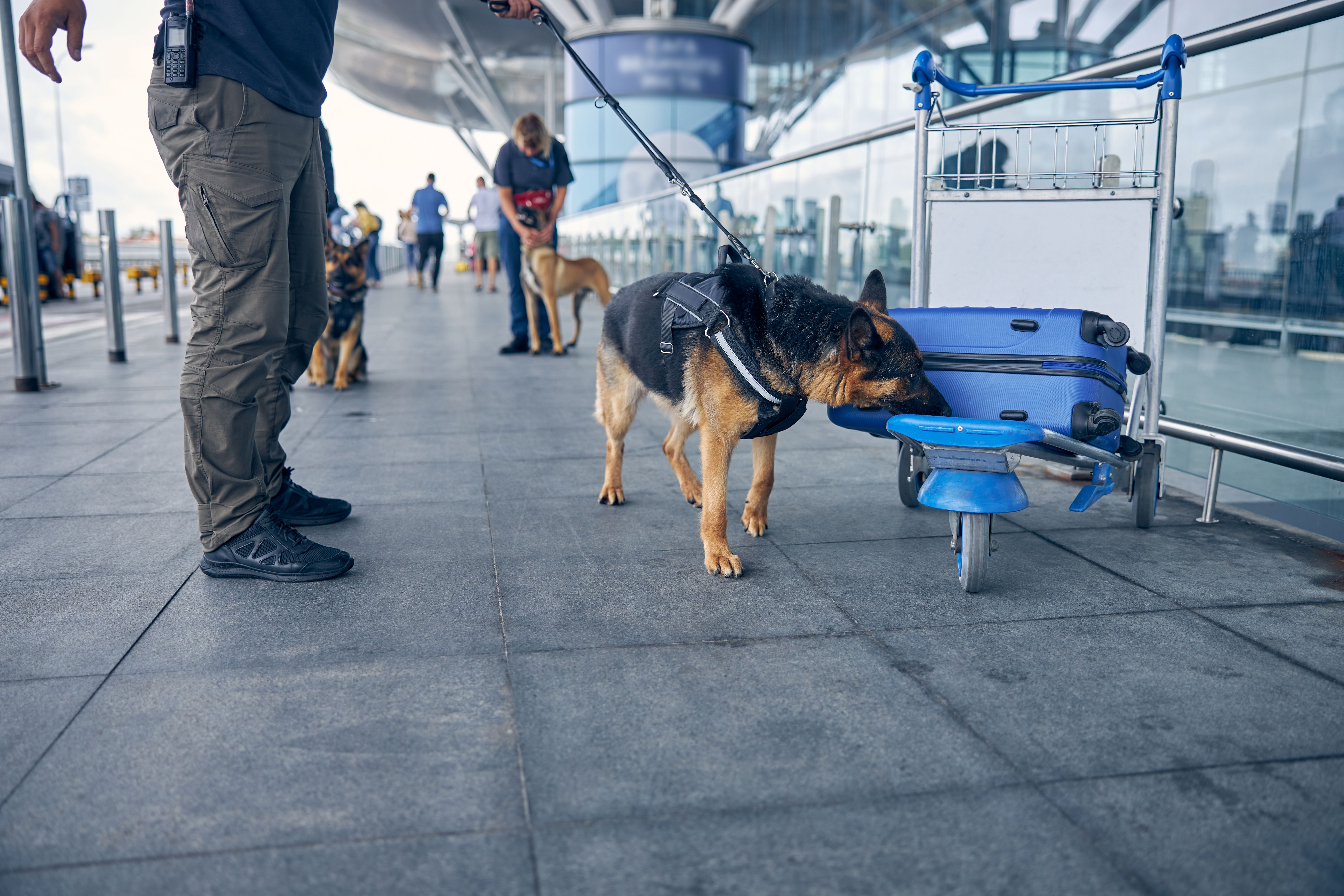
Linked.
The TSA has unveiled a 2025 Canine Calendar to recognize the Explosives Detection Dogs that are currently stationed At American Airports.
The calendar is adorned with impressive depictions of these hardworking dogs.
What is the current extent of CT innovation?.
It seems like change is taking a while to happen.In 2022, the UK government established a deadline for large airports In the country to be transformed to this technology by June 2024.Nevertheless, according to. Aerodrome Industry-News. Several major UK airports have failed to meet the deadline, and new facilities have been added. Chunk Imaging. The cost of individual units can vary from $ 80,000 to $ 300,000, depending on their capacity.The UK government has stated that the equipment’s high cost could result in a slow arrival of passengers due to passenger numbers being lower than usual after COVID.
The TSA has determined that the amount of $ 781 is due in the US.The addition of 2 million will help to speed up CT’s integration into airlines.Despite The presence of 2,000 vetting carriageways in approximately 430 airlines, The US is trailing behind The UK in slowing down.
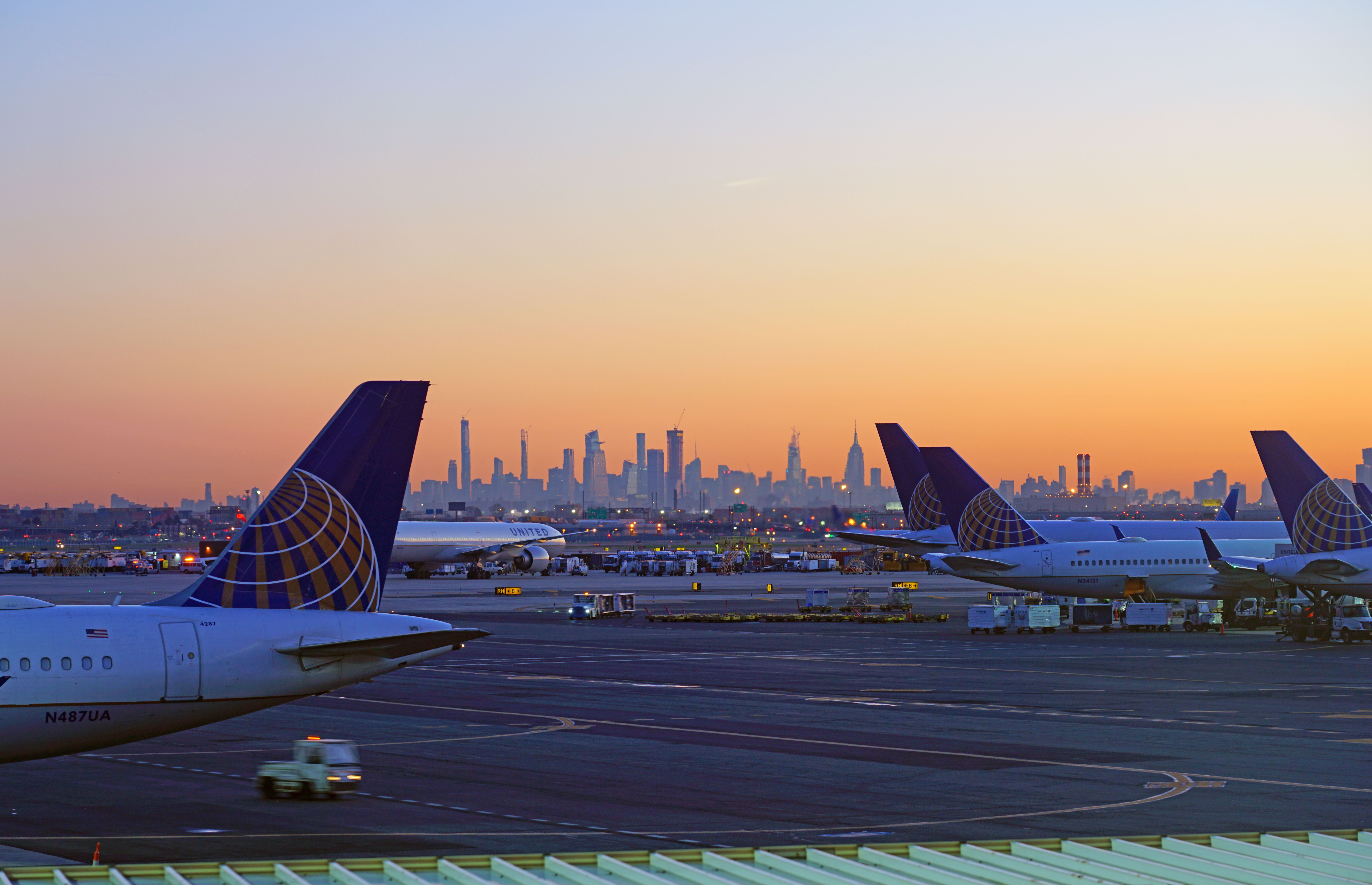
Linked.
The Nyc TSA Checkpoints were equipped With advanced 3D Explosive Detection Scanners.
The new scanners make it possible for tourists to remove computers and other electronic gadgets from their carry-on luggage.
Enhancing the security and stability processes.
The advantage of this new technology lies in the fact that items like computers can be left in carry-on luggage, rather than being loaded into larger containers.The reason for This is that modern multi-angle CT imaging techniques can detect the electrical components of an entity, even at oblique angles.By reducing this additional step in the safety process, travel behaviour is optimised and wait times overa829XX385lines are reduced.
The likes of Third-party optimization companies. Stockholm Optimization. Tailor-made optimization solutions for airlines.The business relies heavily on CT reading as a crucial aspect of its optimization process.
Can one reach the aerodrome in three hours?. Below. ..
While examining the headline, I observed that there is a tendency to lower the level of communication between the traveler and the examiner. Thompsons Detection. Is a corporation that offers CT imaging technology.The adoption of This approach may enhance efficiency at the security checkpoint, reducing the likelihood of stress-inducing claims or idle conversations, but I prefer to communicate with someone who can calmly and easily infuriate safety personnel.
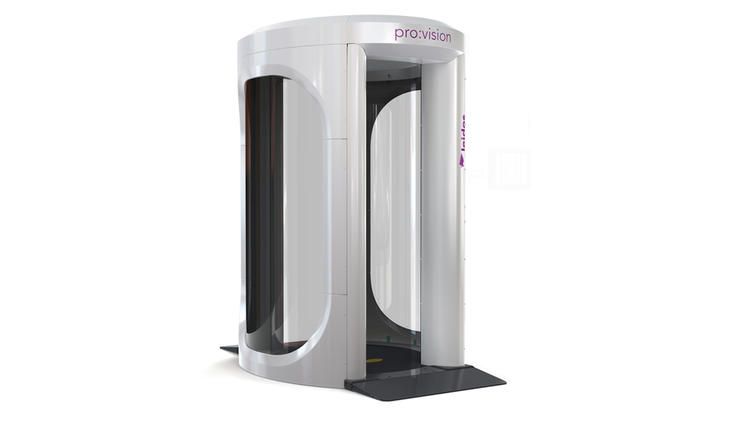
Full-body perusing – not new, but useful.
The full-body scanning is another addition to the airport security arsenal, using systems similar to CT.This innovation, which was first introduced in 2006 and later acquired by the same company, is older than the CT suitcases that were being sold recently. Leidos. It is both valuable and impressive.Unlike metal detectors that a person would walk through after taking off silvery objects, these device emit microwaves to shape the passenger’s torso and interior.
Through analytic identification, They can identify all types of artifacts and notify staff of any suspicious objects.Pertaining to. Reader’s Digest. The latest versions of this gadget make it simpler to turn a passenger’s body into naughty comic hero and indicate items that are deserving of investigation using bright stickers.
Strengthening security while reducing bureaucratic obstacles.
In general, CT and full-body perusing seem to offer a strategy for speeding up performance through intricate modifications.The adoption of desktop integration has resulted in more dependable and rapid security checks, eliminating the need for travellers to undergo increasingly restrictive inspections.
Can I assert that more demanding security measures, such as requiring subcutaneous identity cards, would not ultimately be enforced? However, the recent advancements in airport screening technology Could have a significant impact on long-term wait times.Wait times could be reduced by Third-party companies like Copenhagen Optimization, which may also reduce travel time.
